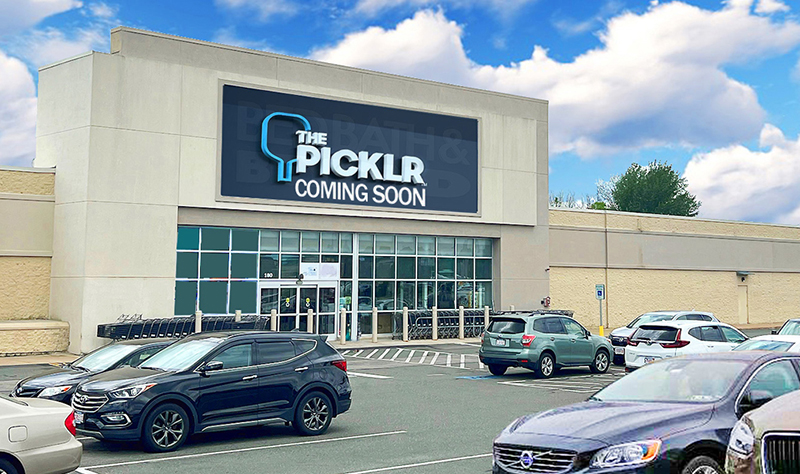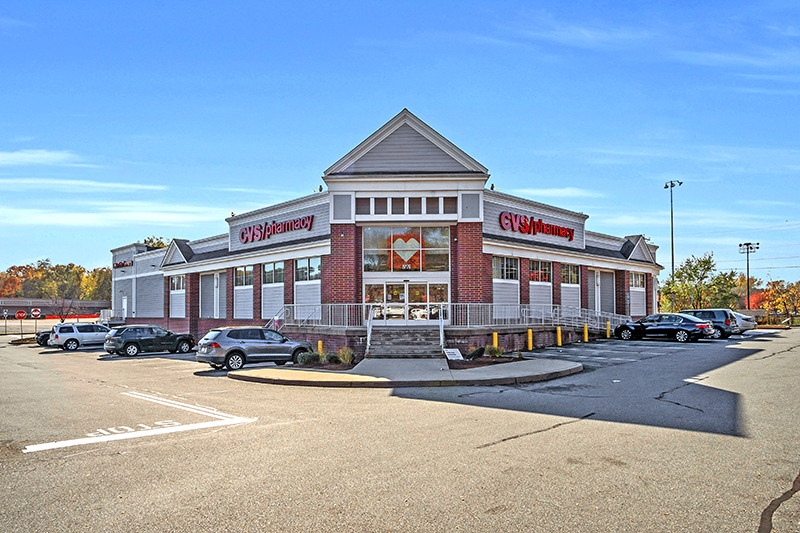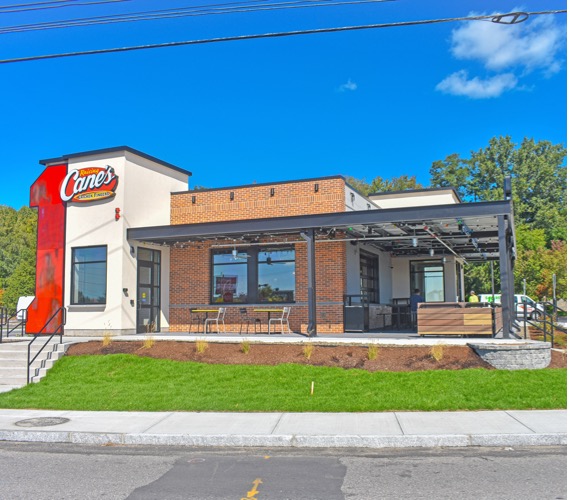News: Retail
Posted: June 25, 2015
Question of the Month: How can design accommodate public transportation in the suburbs?
It was the wave of the past - and now is the wave of the future: Urbanization continues to take place throughout the United States, even in locales that have been strictly suburban for decades. Within these areas, planners now realize that in order to accommodate a growing population and changing demographics, developments must become denser, with more amenities that are accessible within manageable distances. The result is an ever-increasing focus on mixed-use residential and commercial complexes that strive to become fully-fledged neighborhoods.
We as architects and designers previously planned primarily around the automobile from a transportation and site circulation aspect. Those of us who work to create these transit-oriented mixed-use environments have learned we must accommodate a different essential aspect: convenient, efficient, environmentally friendly public transportation.
Current population trends support the shift, with population growth in cities rising 12.1% from 2000 to 2010, vs. 9.7% overall, according to the most recent U.S. census. In addition, teenagers and young adults are less inclined to drive than previous generations. Mixed-use complexes, even those located in what now are considered suburban areas, must include some form of public transit to be viable. Densification and resulting mass transit are the only ways to accommodate this growth while maintaining the environment.
One current example is Metropica, a 4 million s/f, transit-oriented community in Sunrise, Fla., a suburb of Miami. We at Ci Design have been charged by developer K Group Holdings with creating the overall master site plan for the commercial sector of Metropica, comprising 485,000 s/f of retail, up to 240 rooms of hotel space (either in one or two buildings), 160,000 s/f of office space and 350 apartments, as well as planning an additional 500,000 s/f of office space in the predominately residential sector. That parcel, being designed by Oppenheim as part of our master plan, consists of 2,200 condominiums in eight 27-story towers. This new downtown will be located at the epicenter of South Florida's retail and entertainment district: It is adjacent to Sawgrass Mills, the BB&T arena and next to the future home of a 40-acre American Express corporate campus.
The goal of Metropica is to create an urban core for Sunrise incorporating high-rise residential towers, office space, retail and hotels, while linking to the more suburban style shopping, office parks and arena nearby. The key to all: public transportation, both within Metropica and throughout Western Broward County. The $1 billion project will be centered on the Metropica transit station, which will serve as a stop for regional buses that connect the project to the greater Miami area. In addition, it will connect to internal shuttle service that will link the residences, office towers and retail with the arena, Sawgrass Mills, and future developments. The mixed-use development will provide transit at all times of day, excellent pedestrian facilities such as high-quality pedestrian crossings, narrow streets and a bike-sharing program to help create a cohesive urban area.
Coordinating this requires constant communication among multiple designers (Oppenheim, EDSA and Yoo, as well as Ci Design), the developer and the city. As part of the agreement with the city, the developer was obligated to create a shuttle service that will tie together this significant development and create a true city within a city - and to complete the development within two years. This communication is allowing us to create a more urban environment with fewer setbacks, far less parking than a suburban environment would dictate, and with planned parking set into structured decks.
Metropica, while connecting to Sawgrass Mills via the shuttle, is the antithesis of that very successful megamall. Sawgrass follows the traditional suburban mall mode of vast parking fields; Metropica is pedestrian- and bicycle-oriented. Even so, it will benefit from the more than 28 million visitors to the mall and arena, even as it gives them new options for shopping, dining and entertainment.
Covered shuttle stops will be located near the bike and walking network, as well as no farther than one quarter of a mile from any principal structure, creating central locations that are easily accessed by residents in the high-rise residential towers. The streets have been designed to accommodate the turning radius of large alternative fuel vehicles, and kiosks have been placed throughout the site with transit information, including maps, rates and schedules. Bicycle racks will also be located throughout as well electric vehicle charging stations.
In effect, the city and the entire development team are creating a new urban hub that will be a model for other suburban areas around the country. With demographic trends continuing to favor urbanization, a growing need for mass transit and a reduction in automobile dependency, Metropica may be the benchmark many will follow.
Richard Rankin, AIA, NCARB, is vice president and managing principal of Ci Design, Boston, Mass.
Tags:
Retail
MORE FROM Retail
Mace of KeyPoint Partners negotiates 36,192 s/f lease for The Picklr at Endicott Square
Danvers, MA KeyPoint Partners (KPP) negotiated a lease with the nation’s premier indoor pickleball venue The Picklr at Endicott Sq. Vice president of retail brokerage Don Mace negotiated the transaction on behalf of the landlord.





.jpg)


